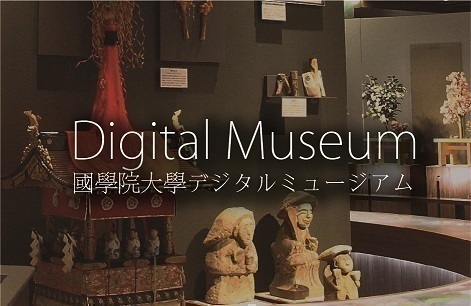- トップ
- Encyclopedia of Shinto
- Jūhachi Shintō
Encyclopedia of Shinto
| Main Menu: | |
| Links: |
詳細表示 (Complete Article)
| カテゴリー1: | 8. Schools, Groups, and Personalities |
|---|---|
| カテゴリー2: | Medieval and Early Modern Schools |
| Title | Jūhachi Shintō |
| Text | The principles of Yoshida Shintō expounded by Yoshida Kanetomo, as found in his principal work Essentials of Prime Shinto (Yuiitsu Shintō myōbō yōshū). Kanetomo divided Shinto into the categories of substance (tai, the three foundations); function (yō, the three subtleties); and aspect (sō, the three practices). He further subdivided the three practices of aspect into the five activities of Heaven the five activities of Earth; and the five activities of Humankind. The five activities of Heaven are the primordial qi deity of the five phases of matter (water, fire, wood, metal, and earth) and the divine radiance of the heavens; these are transformed into the five stars, the five colors, the five directions, the five times, the five seasons, and the five heavenly stems. The Perfect Shinto of the Primordial Qi is added to these to form the sixfold Shinto of Heaven. The five activities of Earth are the great ancestral deity of the five elements, the spirit of the Earth; these are transformed into the five dragon kings, the five intermediary colors, the five phases of life, and the five sexagenary cycles. The Shinto of Immediate Spiritual Resonance is added to these to form the sixfold Shinto of Earth. Further, the five activities of Humankind are the five 'Great Ring Deities' of earth, water, fire, wind, and sky, namely, the "rough soul" (aramitama) of human beings. These are transformed into the five kinds of muscle, the five internal organs, the five viscera, the five aggregates (Jp. goun; Skt., skandhas), the five intents, the five tastes, the five smells, the five sounds, the five tunes, the five constants, the five kinds of wisdom, the five gates, the five Buddhas, the five bodhisattvas, the five Kings of Light, the five teachings, and the five precepts. The Shinto of Completing Metamorphoses is added to this to form the sixfold Shinto of Humankind. In sum, Kanetomo expounded an "eighteenfold Shinto," the point of each being to demonstrate the omnipresence of the divine, and this thus became a fundamental principle of Yoshida Shintō. In the background to these theories one may acknowledge the influence of Kakuban's (1095-1143) views of the gorin mandara (Esoteric Explanation of the "Wisdom-Bearing Sounds" Associated with the Five Discs and the Nine Esoteric Syllables). In addition, the tradition practices a "ritual of the three foundations and the eighteenfold Shinto" based on these notions. —Itō Satoshi |




